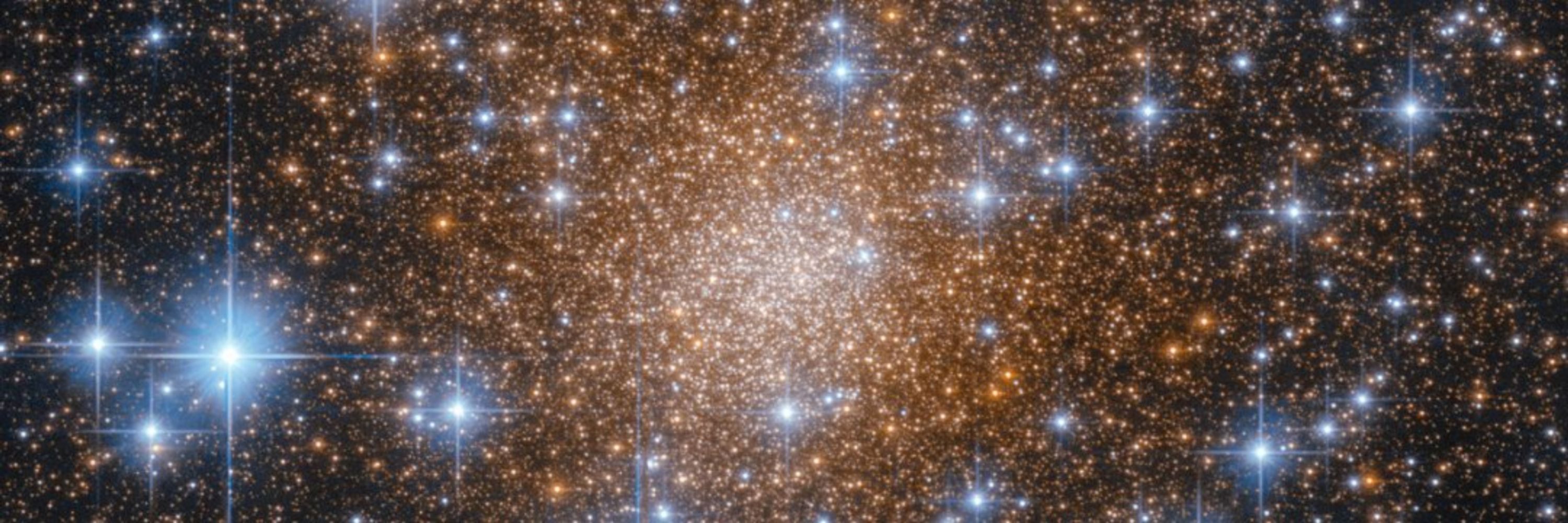
This #HubbleClassic view features the spiral galaxy NGC 2985, located 70 million light-years from our solar system.
Its tightly wound spiral arms whirl outward from the galaxy's bright core. Find out more: go.nasa.gov/3Z3jKYr

This #HubbleClassic view features the spiral galaxy NGC 2985, located 70 million light-years from our solar system.
Its tightly wound spiral arms whirl outward from the galaxy's bright core. Find out more: go.nasa.gov/3Z3jKYr
This galaxy's spiral arms are full of cosmic dust, which is made up things like the leftovers of star and planet formation, and molecules modified by interactions with starlight.
For more on this #HubbleClassic view: go.nasa.gov/4hXSQbC

This galaxy's spiral arms are full of cosmic dust, which is made up things like the leftovers of star and planet formation, and molecules modified by interactions with starlight.
For more on this #HubbleClassic view: go.nasa.gov/4hXSQbC
Using Hubble's unique ultraviolet capabilities, astronomers studied the young star FU Orionis.
They found that the inner disk, touching the star, is way hotter than expected — almost three times hotter than our Sun's surface: go.nasa.gov/3ZgtVJ3

Using Hubble's unique ultraviolet capabilities, astronomers studied the young star FU Orionis.
They found that the inner disk, touching the star, is way hotter than expected — almost three times hotter than our Sun's surface: go.nasa.gov/3ZgtVJ3

